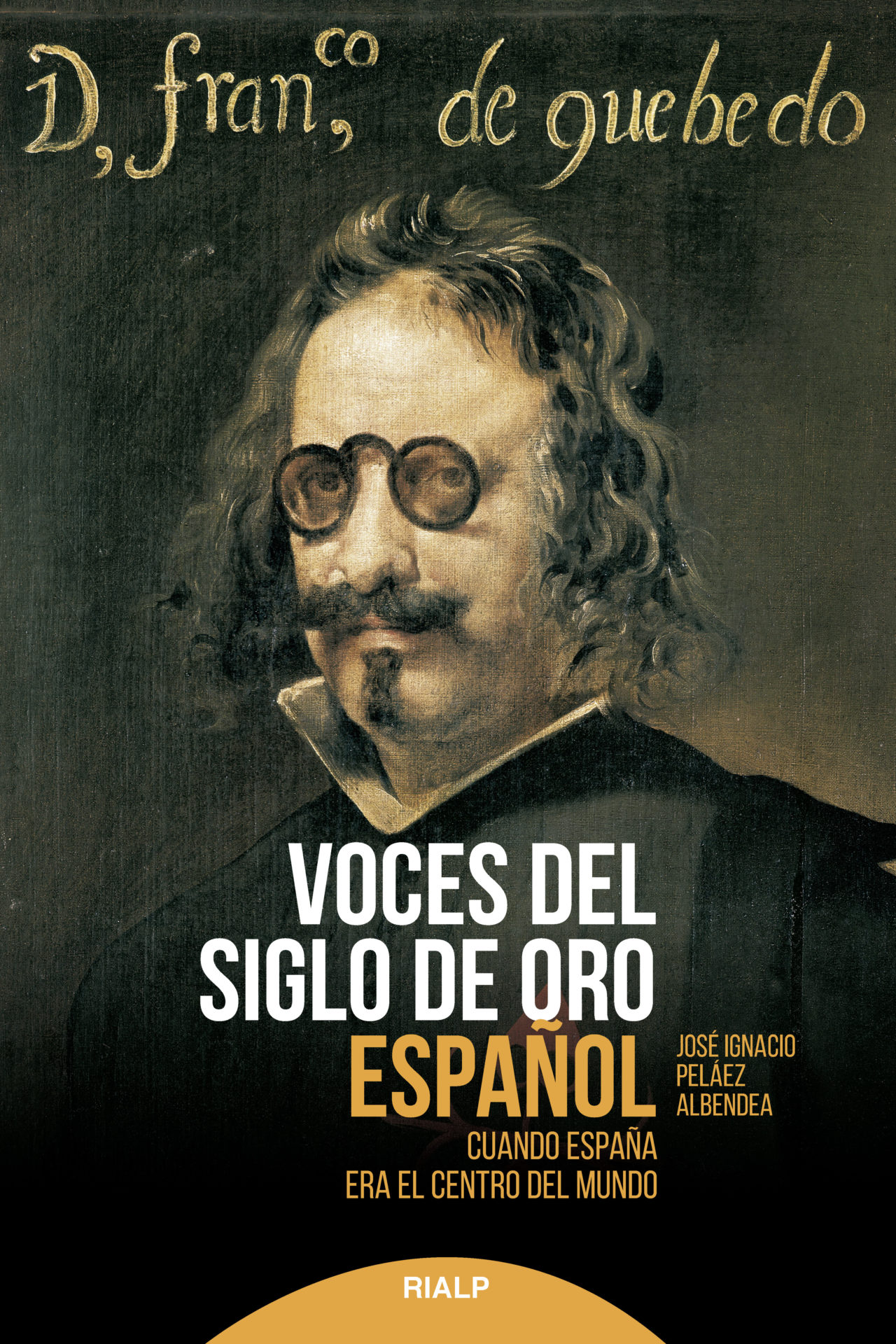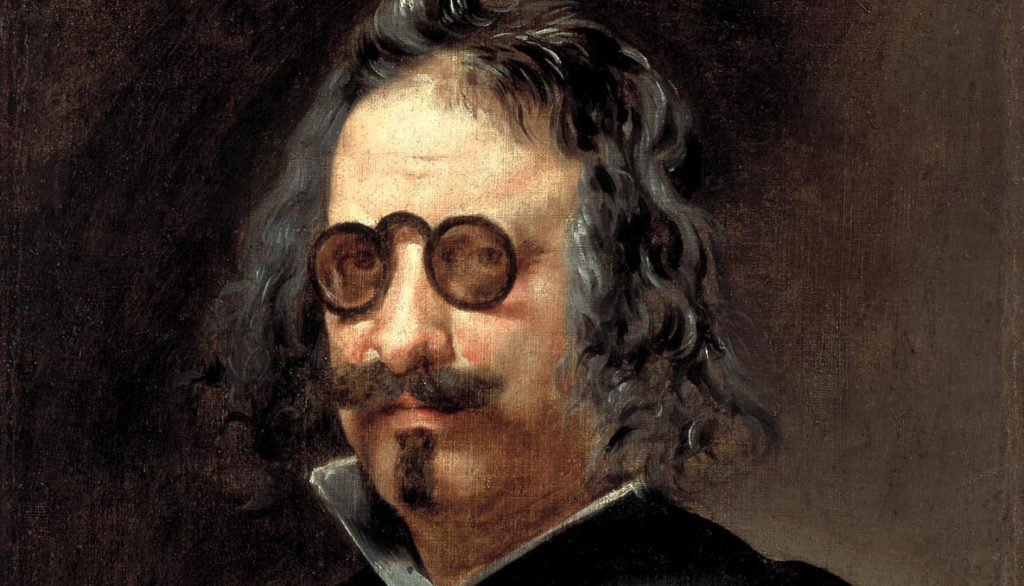The Spanish Golden Age is a historical period to which I always return, especially because, at practically all levels, it provides me with the canon of the best artistic activity in the history of Spain in any of its disciplines. To reread from time to time Cervantes, St. Teresa, St. John of the Cross, or the very creator of the new art of making comedies (I am referring logically to Lope de Vega) is always a pleasure for the spirit and, in my case, a passion. If to these literary figures we add those of other great university intellectuals such as Francisco de Vitoria, or his disciples, Domingo de Soto or Melchor Cano, my enthusiasm becomes even greater. We could go on naming other great authors such as Garcilaso de la Vega, Fray Luis de León, Saint Ignatius of Loyola, Quevedo, Góngora or Calderón de la Barca..., all of them figures who dazzled with their professional courage and lucidity.
Book


With the utmost intentionality, José Ignacio Peláez, compiler of this splendid work, has written Voices of the Spanish Golden Age. His main idea is that the example of the lives and works of the selected characters: "men of Christian faith," he says, "who knew how to make their faith a more human culture" (p. 396) can serve as a model for the readers of the 21st century; an objective that he finally reiterates as a synthesis of his book: "In summary: we have the challenge of showing our contemporaries the beauty of the Christian faith with our lives, with our example and words, and with our sincere friendship, because faith gives answers to all the questions that trouble the heart of man" (p. 396).
With a rigorous sampling of each selected author, Peláez develops his task by first presenting the respective biography of each one and then making both an admirable summary of his written work and choosing those fragments that seem most revealing. And, when he deems it appropriate, he updates the spelling.
Undoubtedly, we are looking at a conscientious and didactic study, a posterioriThe book should be used as a reference book, that is, as one of those to which it is convenient to return from time to time. Pelaez himself makes it very clear in his introduction: "This book offers the reader a brief approach to some great writers of the 16th and 17th centuries in Spain (...), with the aim of awakening the desire to read them again in a public that has already heard about them. Here I will try to open a window for them to take a look at these great writers and encourage them to read them again directly". Be that as it may, Peláez's agile, comprehensible and illustrated prose achieves its purpose: that the reader -at least it has happened to me- is inserted in the diachrony of each character, of whom a detailed tour is traced through the most relevant episodes of his life, so that the reader can get the most out of the reading.
On some occasions, the compiler himself links some of the figures studied with others of the twentieth century. He does so, for example, by interrelating Garcilaso de la Vega with his legacy in poets of the so-called generation of 1936, such as Luis Rosales or Dionisio Ridruejo (p. 37) or others after the Spanish Civil War, as in the case of José García Nieto (p. 37), also explaining his specific influences: "Among our professors," Peláez notes, "many have studied Garcilaso's work in detail. I highlight some references from one of them [Dámaso Alonso]: his sense of rhythm in the hendecasyllables (...), with accents on the sixth and tenth syllable or accents on the fourth, eighth and tenth syllable, which indicate the most representative words of the verse (...); for example, from Eclogue III (I put in boldface the most significant words and where they carry the accent)" (p. 37)" (p. 37). In short, we are before a kind, pedagogical, formative book, which surprisingly is oriented to make us better people and, in the end, drives us to more heroic deeds in our own daily life. A book to enjoy, to learn, to keep in mind, one of those that make readers.












